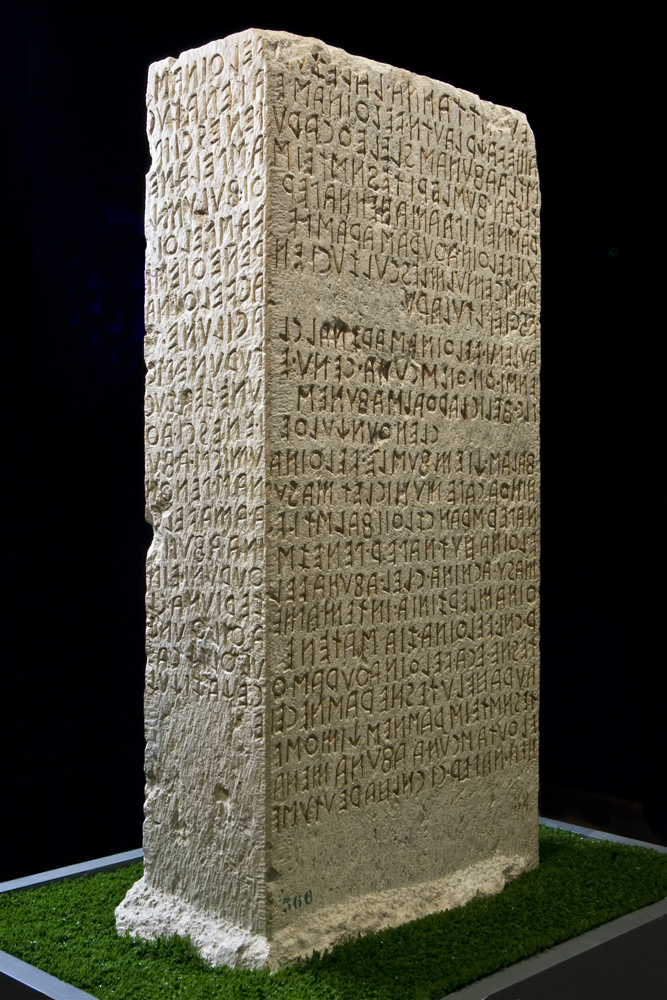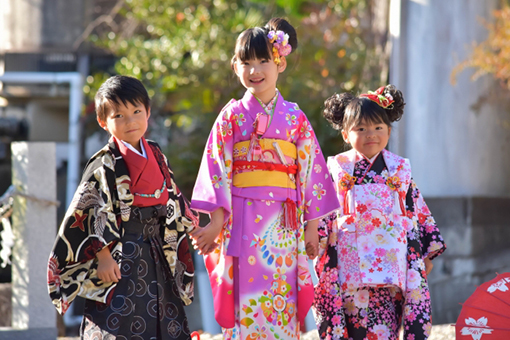As December 21st brings the shortest day of the year, cultures around the world mark the Winter Solstice in fascinating ways.
In Ireland, the ancient site of Newgrange, built over 5,000 years ago, aligns perfectly with the Sun on the day of the solstice. Only on this day, a ray of the rising sun penetrates through an opening and illuminates its inner chamber, thus celebrating the return of light.
In China, ‘Dongzhi’ (冬至) festival (21-23 December) brings families together to enjoy dumplings, a tradition that symbolises unity, warmth and the promise of longer days ahead.
In Northern Europe, Yule is celebrated by feasting and lighting yule logs, a symbol of hope during winter’s darkest day.










